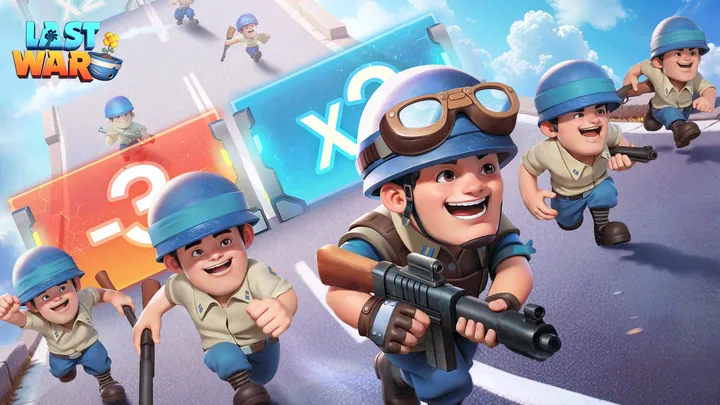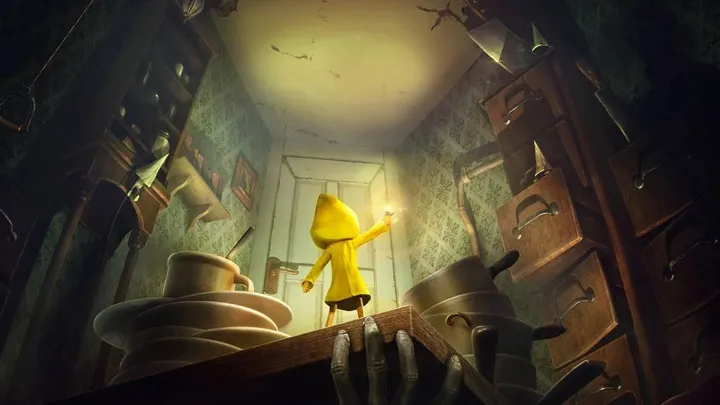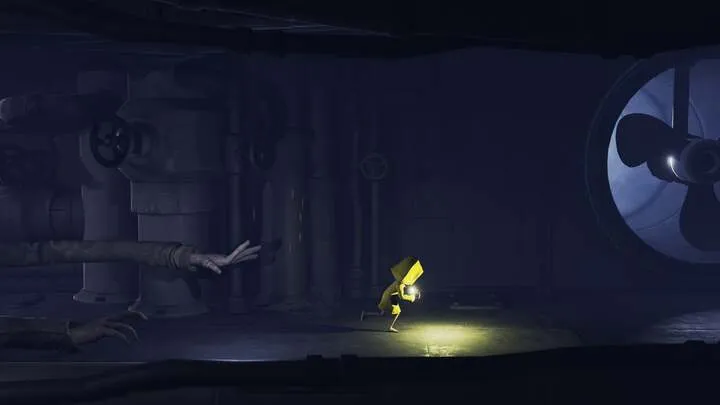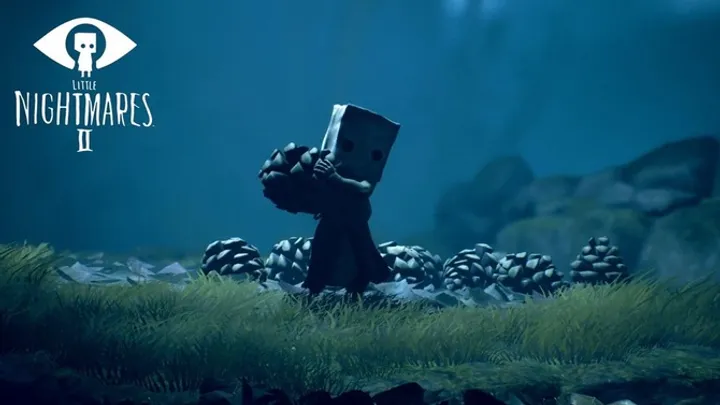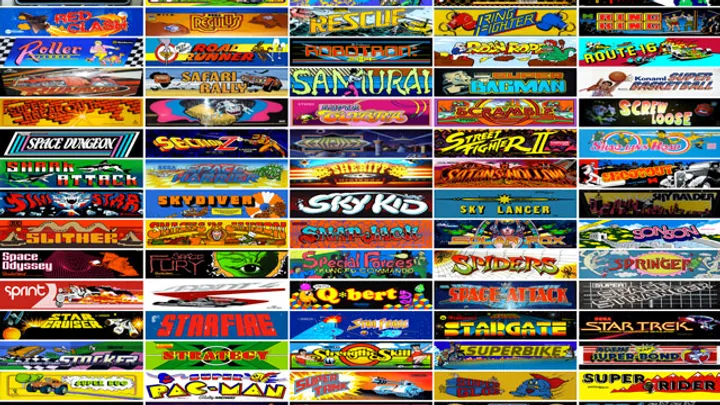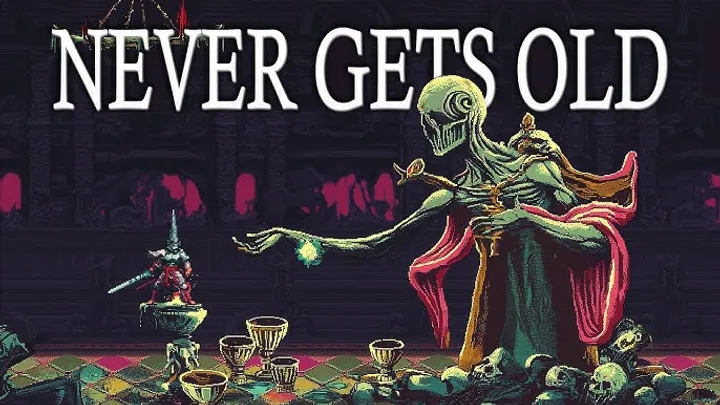Introduction: When Gaming Was Born in Arcades
Long before consoles and online gaming, entertainment lived inside glowing cabinets at arcades. The flashing lights, rhythmic sounds of coins, and competitive energy made these places magical. Classic arcade games were simple yet thrilling — built around reflexes, precision, and high scores rather than complex stories.
These games weren’t just entertainment; they defined gaming culture. Whether it was the first time you beat a record or challenged a friend, every arcade game was a battle of skill. Today, decades later, these titles still hold up — proving that great gameplay never ages.
Let’s explore the top classic arcade games everyone should try, from the earliest pixel legends to enduring masterpieces that still inspire modern developers.
1. Pac-Man – The Icon That Started It All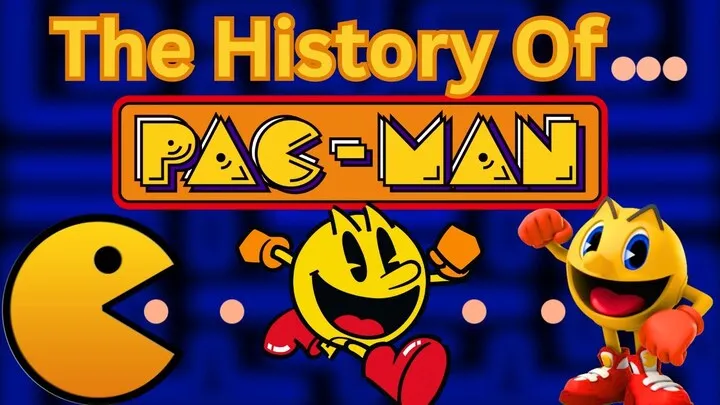
The Birth of a Legend
Released in 1980 by Namco, Pac-Man became an instant cultural phenomenon. Its simple premise — guide a yellow circle through a maze, eating pellets and avoiding ghosts — defined arcade gaming for generations.
Timeless Gameplay
What makes Pac-Man timeless is its universal appeal. There are no weapons or complex mechanics — just smart strategy and quick reflexes. Each maze increases the tension as ghosts get faster, demanding perfect movement.
Cultural Impact
Pac-Man inspired songs, cartoons, and merchandise, becoming the first true gaming superstar. Even today, the sound of “waka-waka” feels like gaming nostalgia distilled.
2. Space Invaders – The Dawn of Shooting Games
Defending the Planet
Released in 1978 by Taito, Space Invaders was one of the first games to introduce structured enemy waves and progressive difficulty. Players controlled a cannon, shooting descending aliens before they reached Earth.
A Revolution in Design
This game introduced the concept of increasing tension through pace — as enemies dropped lower, the music sped up, making every second more intense. This dynamic feedback remains a core principle in modern game design.
Cultural Legacy
Space Invaders sparked the global arcade boom and laid the foundation for every shooter that followed — from Galaga to Halo.
3. Donkey Kong – The Rise of Mario
Platforming’s Genesis
Before he was jumping on Goombas, Mario debuted in Donkey Kong (1981). Players controlled him as he climbed ladders and jumped barrels to rescue Pauline from the giant ape.
Innovation in Storytelling
Donkey Kong was revolutionary because it had a narrative — primitive by today’s standards, but groundbreaking at the time. It combined story, challenge, and charm into one unforgettable experience.
Legacy
This game birthed two of gaming’s biggest icons: Mario and Donkey Kong. Without it, platformers as we know them might never have existed.
4. Galaga – Perfection in Space Combat
Refining the Formula
Galaga (1981) took what Space Invaders started and perfected it. It introduced advanced enemy formations, tractor beams, and the ability to rescue and combine your own ships for double firepower.
Why It Still Feels Fresh
Its gameplay loop remains addictive: shoot, dodge, and strategize. Each wave tests reflexes and anticipation rather than memorization. Its difficulty curve is challenging yet fair — a perfect arcade balance.
Influence
Galaga became a blueprint for shoot-’em-ups and is still beloved in modern retro arcades and mini consoles alike.
5. Street Fighter II – The Game That Defined Competition
A Fighting Revolution
When Street Fighter II hit arcades in 1991, it changed everything. Suddenly, gaming wasn’t just about scores — it was about beating your opponent. Players could choose from unique fighters, each with their own moves and personality.
Mastery and Skill
The game introduced combos, counters, and deep mechanics that encouraged practice and mastery. It wasn’t just fun — it was a sport. Arcades turned into battlegrounds filled with cheers and rivalries.
Everlasting Legacy
Street Fighter II defined the competitive fighting genre, influencing everything from Tekken to Mortal Kombat and even modern eSports.
6. Tetris – The Puzzle That Never Ends
Simplicity at Its Finest
Invented by Alexey Pajitnov in 1984, Tetris is perhaps the purest form of game design ever created. Players rotate falling shapes to complete lines and prevent the screen from filling up.
Why It’s Timeless
There’s no story, no characters — just geometry and logic. Yet it’s endlessly satisfying. The speed increases, tension rises, and players enter a hypnotic rhythm known as the “Tetris Effect.”
Cultural Reach
Tetris became a global phenomenon, bundled with consoles and adapted into nearly every gaming system. It’s proof that great design transcends generations.
7. Asteroids – Navigating the Infinite Void
Cosmic Precision
Atari’s Asteroids (1979) dropped players into deep space, piloting a triangular ship to shoot asteroids while avoiding collisions. The inertia-based movement created a feeling of weightlessness and precision rarely seen at the time.
Timeless Mechanics
Every moment demanded focus — one wrong move, and you’d explode into pixels. The minimalist art style, created through vector graphics, gave it a futuristic look that still feels sleek today.
Enduring Legacy
Asteroids inspired future space games like Geometry Wars and Everspace, proving that innovation doesn’t require complexity.
8. Frogger – A Dance with Danger
Every Jump Counts
In Frogger (1981), players guide a frog across busy roads and rivers filled with hazards. It’s deceptively simple, yet each movement must be perfectly timed.
Why It Never Gets Old
Frogger’s design is pure — easy to understand, hard to master. It teaches rhythm, timing, and patience. Every successful crossing feels like a small victory.
Cultural Presence
From arcades to TV shows and mobile remakes, Frogger remains a symbol of fun and frustration in equal measure.
9. Ms. Pac-Man – The Perfect Sequel
Refining Greatness
Released in 1982, Ms. Pac-Man improved upon the original in every way. It added new mazes, smarter ghost AI, and more unpredictable movement patterns — increasing the challenge while maintaining the charm.
Why Players Love It
Ms. Pac-Man is widely regarded as one of the best sequels ever made. It captures the spirit of the original but keeps players guessing with varied gameplay.
Historical Impact
It became a cultural icon on its own, symbolizing the growing inclusivity and creativity of gaming during the early 1980s.
10. Mortal Kombat – The Shockwave of the ’90s
When Arcades Grew Up
In 1992, Mortal Kombat pushed boundaries with its digitized graphics, dark tone, and infamous fatalities. It shocked the world — and changed gaming forever.
Skill Meets Spectacle
Beneath the controversy was a deeply technical fighter that rewarded precision and memorization. Every duel felt cinematic, every victory earned.
Legacy
Mortal Kombat’s success led to ratings systems, movie adaptations, and a lasting franchise that continues to thrive today. It proved arcades could be both thrilling and mature.
Conclusion: The Golden Age That Still Shines
Classic arcade games are more than nostalgia — they’re the foundation of modern gaming. Every pixel, sound, and high score tells a story of creativity under limitation. Developers didn’t have advanced hardware or realistic graphics — they had imagination, precision, and the courage to experiment.
These games continue to captivate new players because their design is pure. Whether it’s the endless puzzle of Tetris, the thrill of Street Fighter II, or the rhythm of Pac-Man, each remains as engaging now as decades ago.
So next time you see an arcade cabinet — step up, insert a coin, and experience gaming history firsthand. Because true classics never fade — they just wait for the next challenger.








